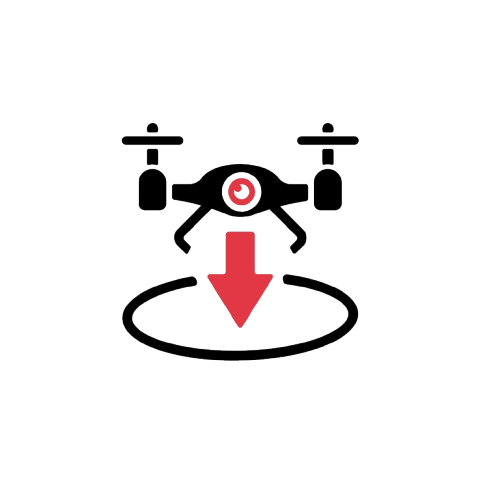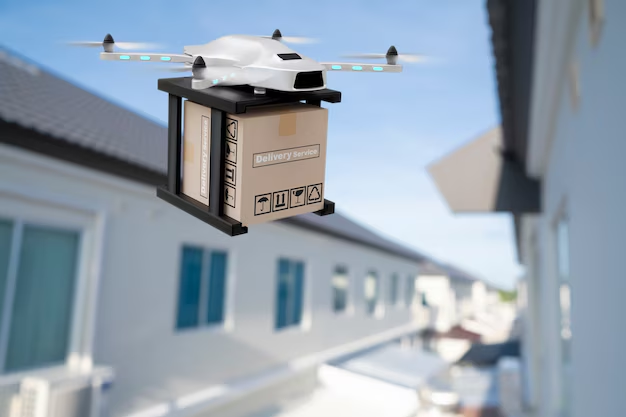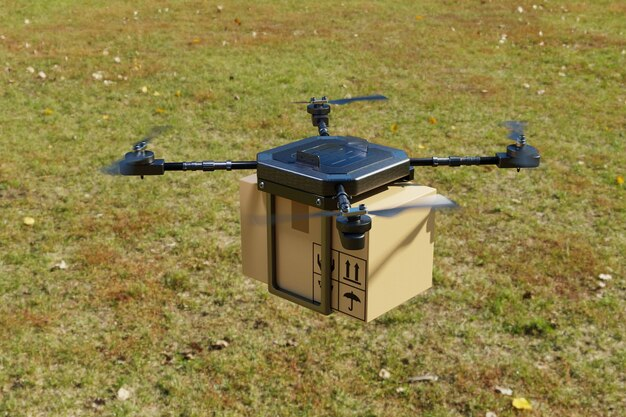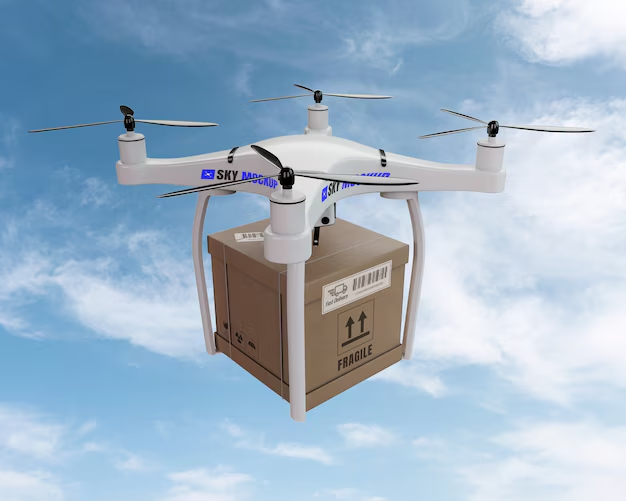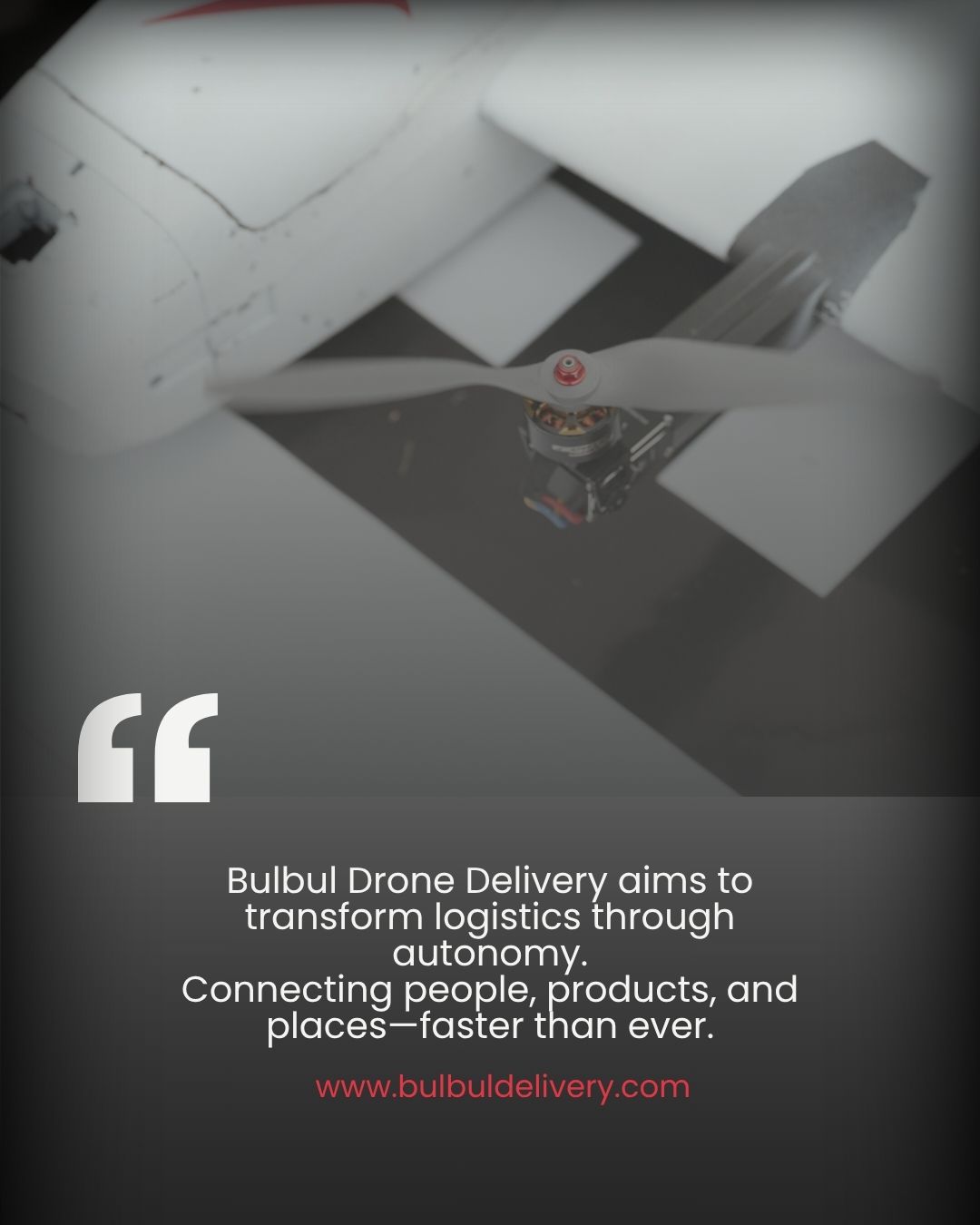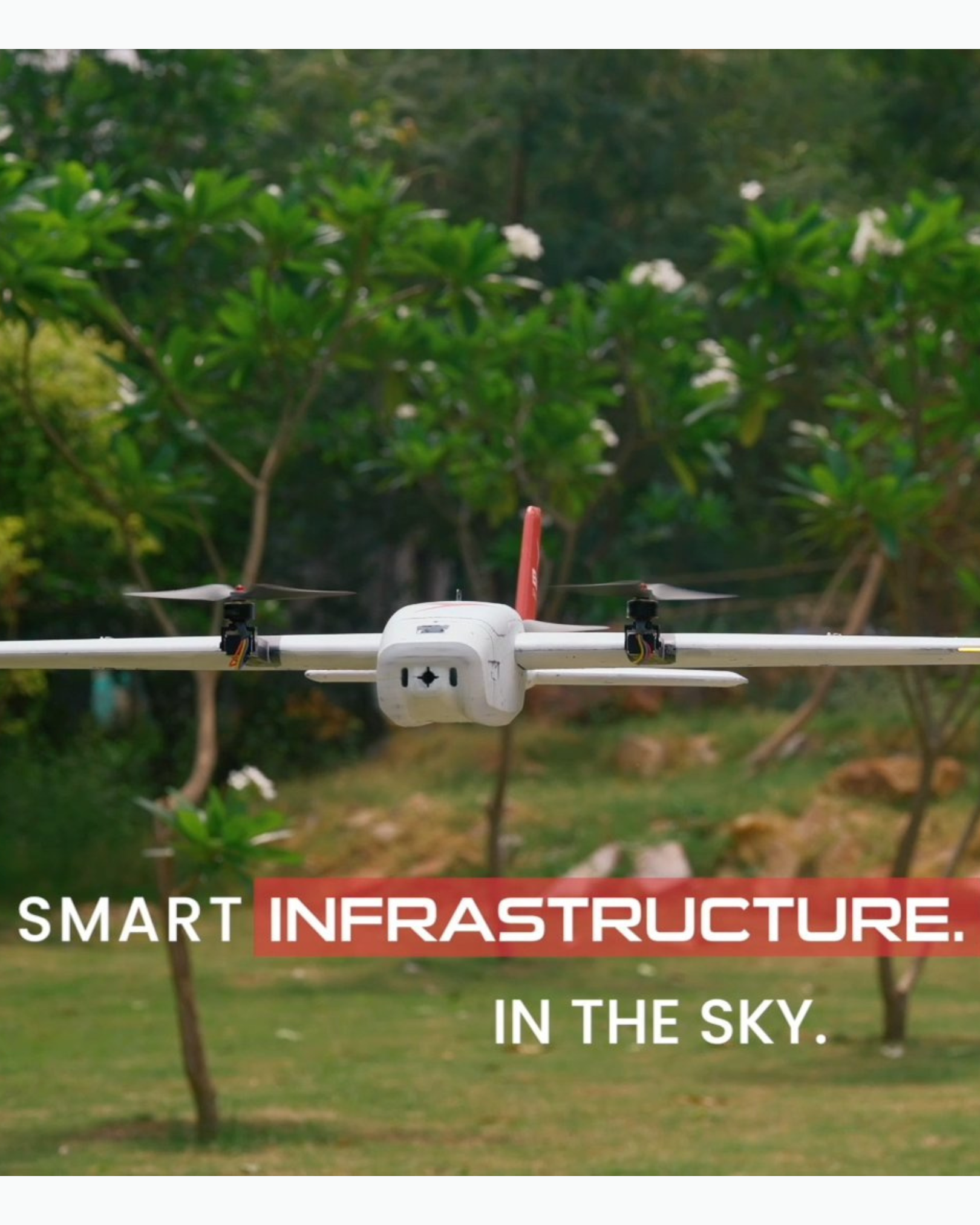Getting packages to your door has always been the hardest last mile. Traffic, distant places, and expensive prices create a hassle for companies. UAV delivery services fit in there—they use drones to fly over these issues and drop things exactly where they must be.
Companies employing drones, including Amazon, Zipline, and Bulbul Drone Delivery, deliver in real-world situations. Drones in Rwanda transport blood to hospitals in under thirty minutes, reducing delivery times by 75%. This is not only a futuristic concept; it is presently taking place.
Let us analyze precisely how UAV delivery systems operate, why they are superior to conventional approaches, and where this technology is going.
What Makes UAV Delivery Different?
Drones are not all made alike. Those delivering medical supplies or your most recent online order are not the same as those buzzing around parks snapping images. Using particular drones built for heavy lifts, long distances, and precise drops, UAV delivery services
Unlike delivery vans caught in gridlock, these drones fly straight to their destination at 50+ mph. They don’t require roads, don’t take lunch breaks, and don’t care if your home is atop a mountain. Some even programme drone navigation using artificial intelligence to change courses in real-time to avoid obstructions or inclement weather.
The finest aspect? They are inexpensive to operate. A drone delivery service costs roughly 1 per mile, while a delivery vehicle can cost 5 or more for companies sending thousands of packages every day, that quickly adds up.
Key Features of UAV Delivery Services
Starting with the most clear advantage—raw speed that makes conventional delivery techniques seem stationary.
1. Speed That Beats Traffic
Shipping Drones ignore rush hour. Drones soar over traffic at highway speeds while trucks creep through it. Zipline’s medical drones in Africa often provide in 15 minutes what formerly took hours via road. That speed saves lives for crucial deliveries—like medicine or emergency supplies.
2. Reaching the Unreachable
Rural areas, islands, and disaster zones are nightmares for conventional distribution. UAV delivery services solve that. Drones brought insulin to cut-off towns in the Bahamas following Hurricane Dorian when boats and helicopters could not pass. No highways? Not an issue.
3. Lower Costs for Businesses
Drones save delivery costs in three major ways:
- No drivers means no pay.
- No trucks means no maintenance or gasoline.
- No warehouses means less storage expenses.
Walmart thinks drone deliveries might be 90% less expensive than conventional approaches. For that reason, UPS and FedEx are currently testing their own drone fleets.
4. Greener Than Gas Guzzlers
Electric drones create no pollutants, a great victory for sustainability. Amazon says its drone deliveries will one day remove millions of metric tons of carbon from the atmosphere annually. Compared to diesel trucks idling in traffic, it’s a no-brainer.
5. 24/7 Availability
Drones never sleep. Night deliveries, holiday rushes, and emergency drops are all conceivable without extra money. This may imply receiving items at 2 AM without disturbing a human driver in cities.
6. Smart, Adaptive Routing
These technologies learn over time with AI for drone guidance. They discover quicker paths, avoid inclement weather, and even forecast where demand will rise (like flu season for pharmaceuticals). It’s like GPS, which becomes more intelligent with every journey.
Real-World UAV Delivery Success Stories
These are not hypothetical advantages; businesses are already changing deliveries in amazing ways.
Zipline’s Lifesaving Blood Drops
Since 2016, drones have flown over 500,000 units of blood to distant hospitals in Rwanda. Hospitals text orders to drones, which take off in minutes, reducing delivery times from four hours to under thirty minutes. The system’s success is prompting expansion to the Philippines and Ghana.
Amazon Prime Air’s 30-Minute Promise
Since 2013, Amazon has been experimenting with drone delivery. Prime subscribers in Texas and California may now have certain things flown by drone in under an hour. The aim? For millions of goods, a 30-minute norm.
Wing’s Coffee-and-Medicine Runs
From pharmacy goods to hot coffee, Alphabet’s Wing drones—yes, Google’s parent company—deliver all in Virginia and Australia. Their drones drop items on tethers, so no landing is needed—only a clean area on your porch.
Challenges Still to Overcome
Starting with official clearances, major obstacles must still be addressed before drone delivery becomes common.
Regulatory Hurdles
Most nations limit drone flight outside the operator’s line of sight. Progress is sluggish, but the FAA in the United States is gradually authorizing more widespread use. Full-scale UAV delivery services want current legislation to run freely.
Battery Life Limits
Today’s delivery drones can travel roughly 50 kilometers on a single charge. That’s acceptable for cities but restricts rural reach. Next-gen batteries—like solid-state—could double this soon.
Public Acceptance
Not everyone likes drones humming over their garden. As businesses grow, noise complaints and privacy issues are genuine problems they must handle.
The Future of Drone Delivery Services
Experts forecast in five years:
- Urban drone highways— Dedicated air corridors drones for delivery in urban areas
- Self-driving fleets— Artificial intelligence for drone coordination, with hundreds flying concurrently
- More weighty loads— Drones hauling 10+ lbs—enough for most grocery orders
This year, Walmart intends to increase drone delivery to four million U.S. homes. The race is on—and the winners will be companies (and consumers) who adopt UAV delivery services early.
Conclusion
UAV delivery services aren’t coming—they’re already here. Drones are demonstrating their place in our logistics future, from saving lives in Africa to dropping munchies in suburban backyards.
The advantages are obvious: quicker deliveries, cheaper prices, and access to locations trucks cannot reach. When battery technology improves and laws catch up, expect drones to be as prevalent as delivery vehicles.
Want to see how drone delivery could work for your business? Check out Bulbul Drone Delivery to learn more.






